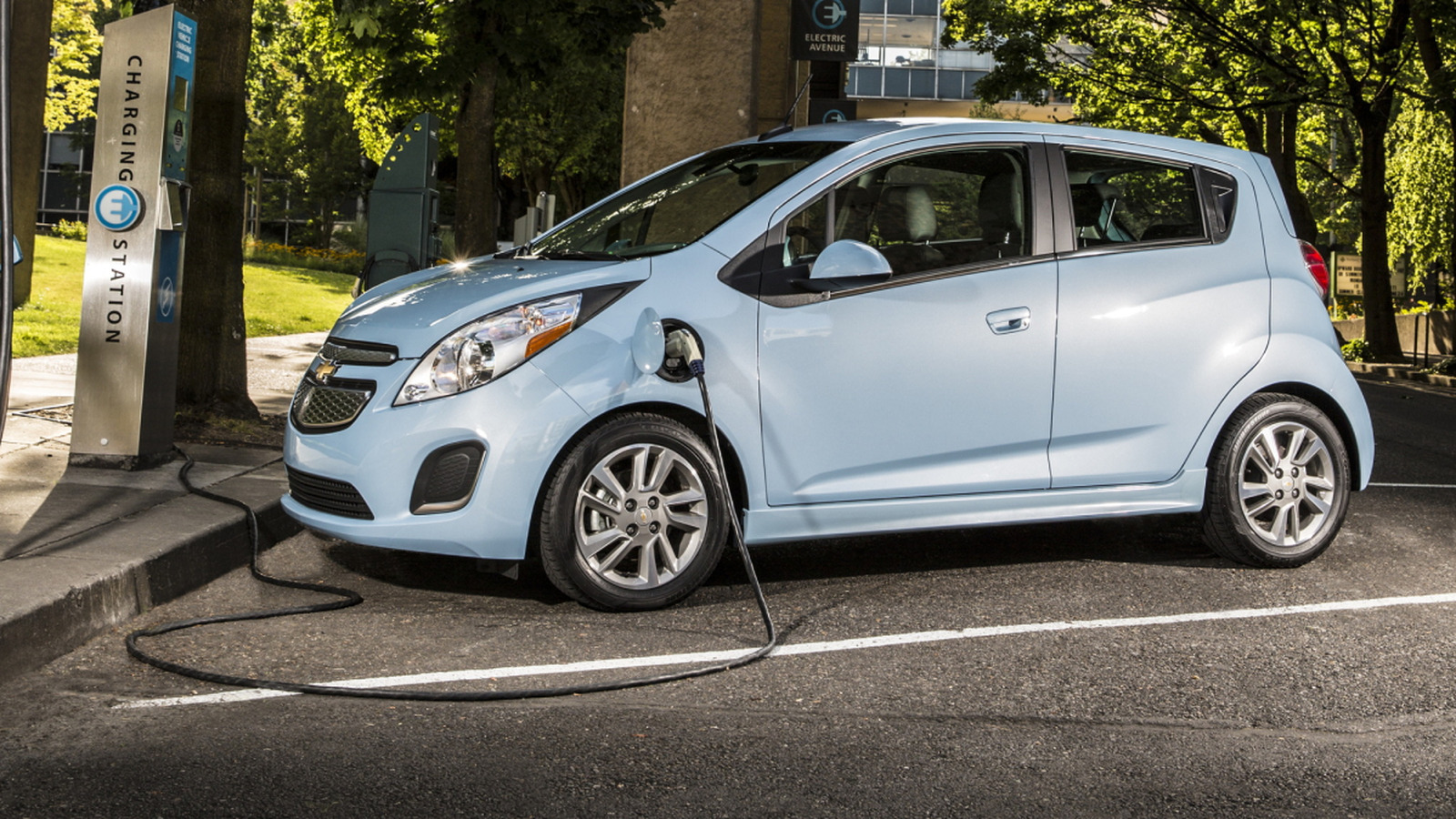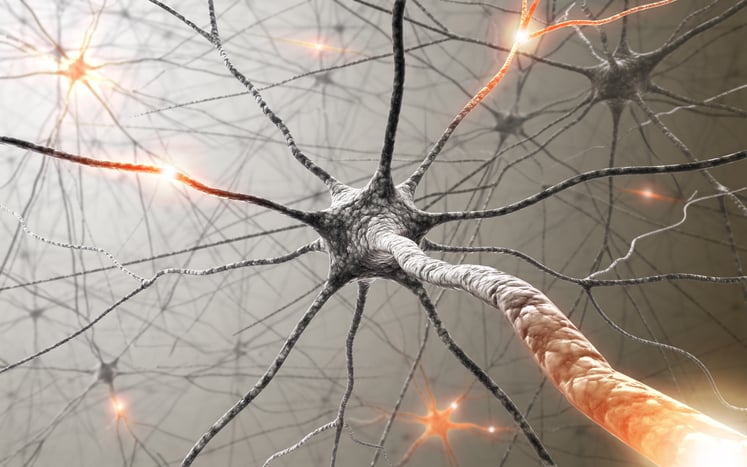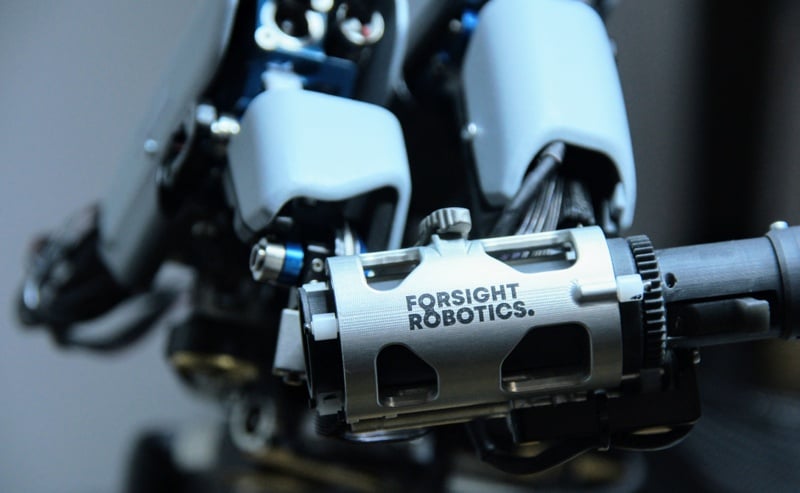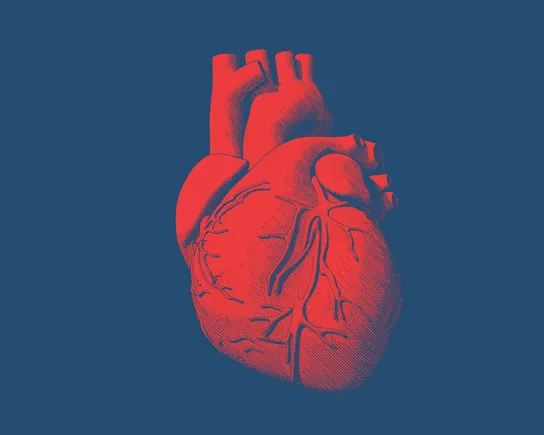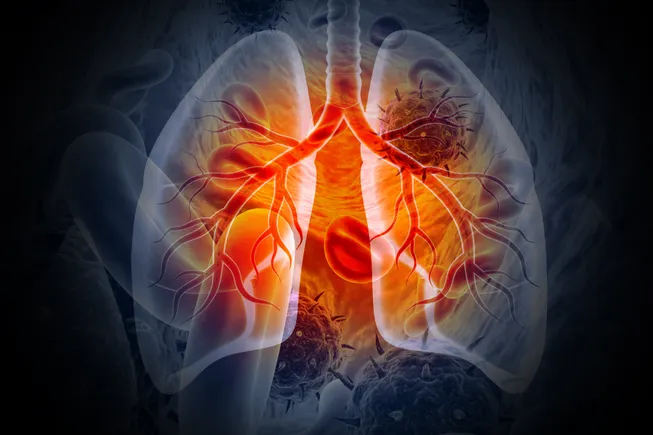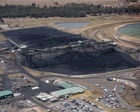Understanding Structural and Compositional Evolution during NMC Cathode Direct Recycling via Solid‐State NMR
Advanced Energy Materials, EarlyView.

Direct recycling end-of-life lithium-ion batteries (LIB) to recover high-value cathode materials such as LiNixMnyCozO2 (NMC) requires method development and detailed characterization. In this work, the unique capabilities of solid-state NMR in characterizing changes in local ordering within NMC cathode materials during recycling and upcycling as well as identifying surface species that form or degrade throughout the recycling process is demonstrated.
Abstract
Recycling end-of-life lithium-ion batteries (LIBs) to recover high-value cathode materials such as LiNixMnyCozO2 (NMC) is driven by economical, geopolitical, and sustainability needs. There has been recent interest in direct recycling methods to improve efficiency and recovery of materials, including ionothermal, hydothermal, solid-state, or redox mediator methods. In conjunction with recycling process development, detailed structural characterization is necessary in order to understand the mechanisms and efficacy of cathode recycling steps. Solid-state nuclear magnetic resonance (NMR) spectroscopy is a unique tool that can probe Li coordination, bulk and surface environments, and transition metal ordering in recycled and upcycled NMC cathodes. Here, 6,7Li, 1H, and 19F NMR spectroscopy to probe structural and compositional changes as well as surface impurities that may form during each step in NMC direct recycling is utilized. During relithiation, Li reinsertion into the NMC lattice is observed. During upcycling, where the goal is to increase the Ni content in the NMC, incorporation of Ni-rich phases into the bulk Li environment is observed. Surface impurities formed during processing were also identified. These studies provide valuable information for optimizing recycling processes to reach targeted cathode composition and structure that can enable electrochemical performance comparable to or better than pristine materials.











